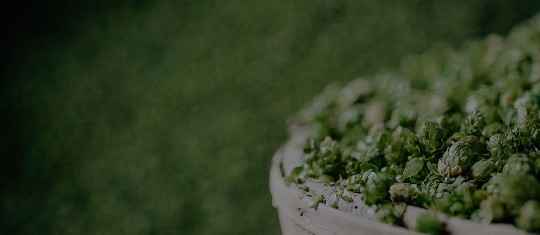This year we are once again bringing you closer to the Hallertau with our entertaining HopUpdates video, produced directly on-site in the hop fields by our experts. With the HopUpdates, you will learn first-hand about plant development and the outlook for the new hop harvest.
Welcome to the first BarthHaas Hop Update of 2022. This time we reach out to you from a very special hop growing region. Normally we are in the Hallertau region, but this time we are at Lake Constance, a.k.a the Tettnang region. This region does not only have 1,500 hectares of hops, but also apples, cherries, pears, berries, and wine grapes!
We are standing in a Tettnang hop garden. This variety is pruned the latest and harvested the earliest, which means that this variety has a lot to do in a short time.
We had a relatively dry spring which made for easy working conditions. Since then, we've had sufficient storms and rainfall on and off. As a result the hops have grown well up to this point. In fact, we are about a week ahead of the long-term average. There was one hail event this year, but damage was limited.
Winged aphids came very early this year at a relatively high rate, but it is now under control and the crop continues to be monitored. There are currently no problems with powdery mildew in the Tettnang variety, however varieties such as Herkules and other high alpha varieties are more susceptible here.
Integrated plant protection management was introduced in the Tettnang growing area in the mid-1990´s. With the aim to reduce plant protection measures to the absolute minimum while still ensuring the health of the plants.
An important component of integrated plant protection management is the early warning system. This is based on this trap. We have a total of four spore traps in Tettnang, where the spores of the downy mildew are caught and then measured under a microscope. There are four parameters for the warning service: spore count, leaf wetness duration, temperature and relative humidity. At a certain threshold of spore counts and leaf wetness duration, the warning service is triggered. Thus, the hops are treated only when it is really necessary.
I hope you enjoyed a look into the Tettnang growing area and the current state of hop development.
The next hop update will again come from the Hallertau. The hops will have already blossomed and we will already know more about possible harvest quantities.
Until then, greetings from Tettnang!


